From the founder of YogaFit…
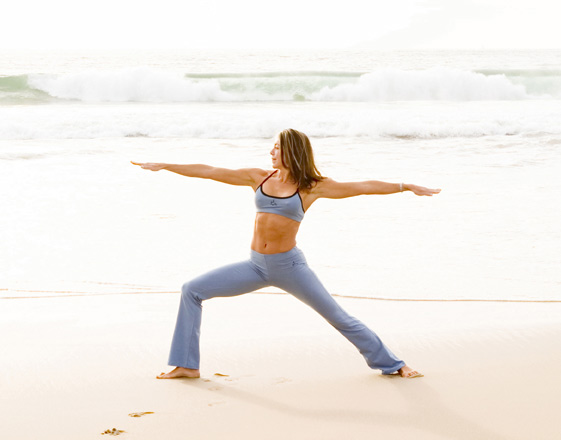
Perfect for people who want to integrate yoga and nutrition into a 360-degree program
Open Your Heart Chakra

Celebrate this Valentine’s Day by loving yourself! Not only is this week Valentine’s Day, but it is also American Heart Month. To honor both of these (equally important) holidays, we’d like to share some ways you can practice some intro- spection and learn how to open and activate your heart chakra. But what is a […]
Restorative Yoga 101: Relax & Renew
Restorative Yoga is focused around the “ahhh” experience in yoga; the space found by breathing, relaxing and letting go of the mind’s internal dialogue. This gentle approach to practice allows participants to experience the same benefits of traditional practice while exerting little or no effort at all and leaves students feeling nourished, refreshed and well […]
Yellow Eye Bean Salad with Sorghum

Beans are a great source of protein. I enjoy experimenting with different beans to bring variety into my diet. Yellow Eye Beans are high in dietary fiber and iron, low in sodium, and contain no sugar, saturated fat, or cholesterol. One cup of Yellow Eye Beans (boiled) is approximately 250 calories. This recipe can be […]
Spinach Quinoa Salad
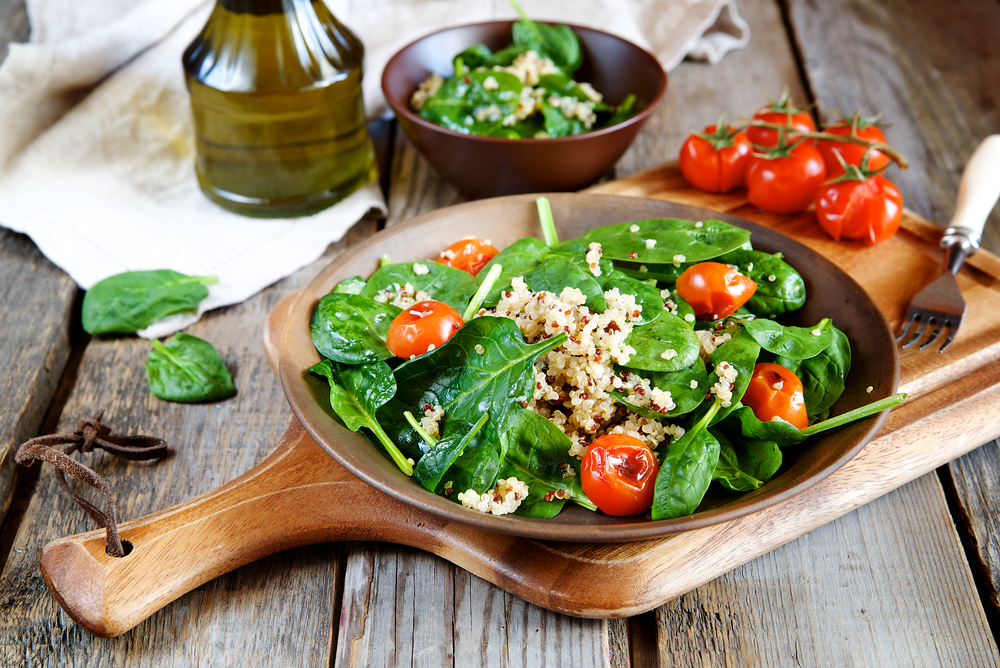
Quinoa is a complete protein that is very versatile. When paired with spinach, kale, or mixed greens it can become a satisfying main dish salad that provides protein, fiber, Omega 3’s, and anti-inflammatory nutrients. Quinoa, like risotto, is a great way to use up small amounts of vegetables that you have left in the […]
Red Cabbage Salad with Vegetables and Basil

It is much easier to eat a Gluten Free and maintain a YogaLean lifestyle if you plan ahead. Salads can be a great meal or side dish but can be a detriment as well if you do not make good choices. They need not be laden with heavy dressings to be appreciated. Opt for seasonal […]
Spinach Salad with Figs, Walnuts, and Brie

A salad can be an accompaniment to a meal or can be a meal itself. The portion size determines everything – salads are a great way to incorporate seasonal fruits and vegetables into your meal. If you are making your salad and entrée, make good choices to ensure you have a balanced meal and include […]
Protein Packed Belgian Waffles and Seasonal Fruit
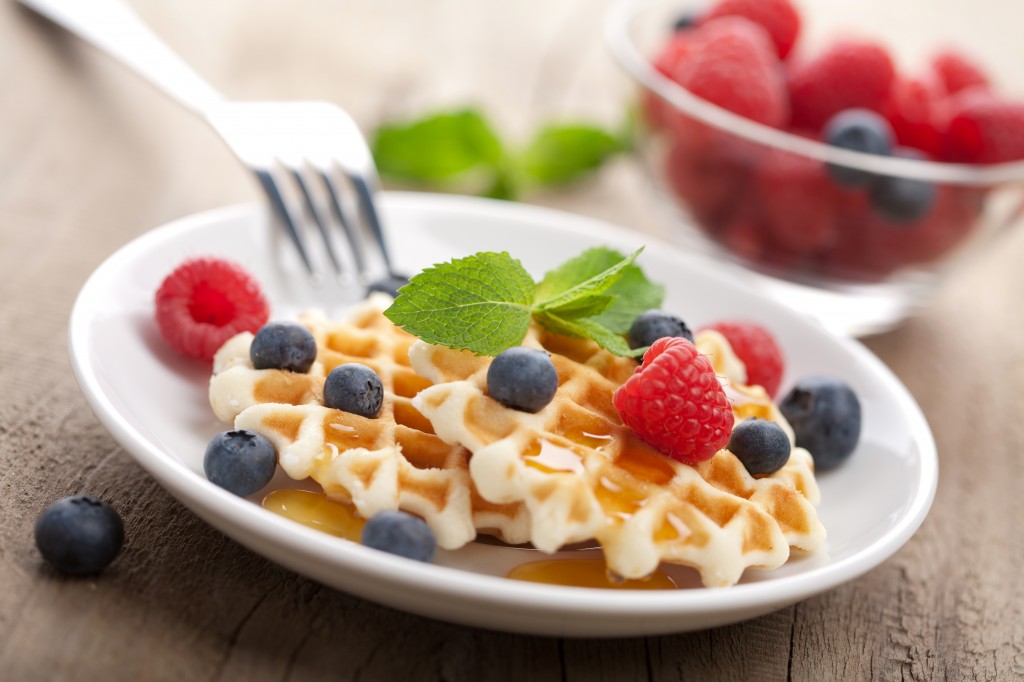
Some days we have more time for breakfast than others. On those rare occasions when I can sleep in and have a leisurely breakfast before starting my day, I enjoy making Belgian Waffles. This is a treat as each waffle takes a few minutes to cook, each flavor is a delight and wants to be […]
Amaranth Fruit and Nut Cereal
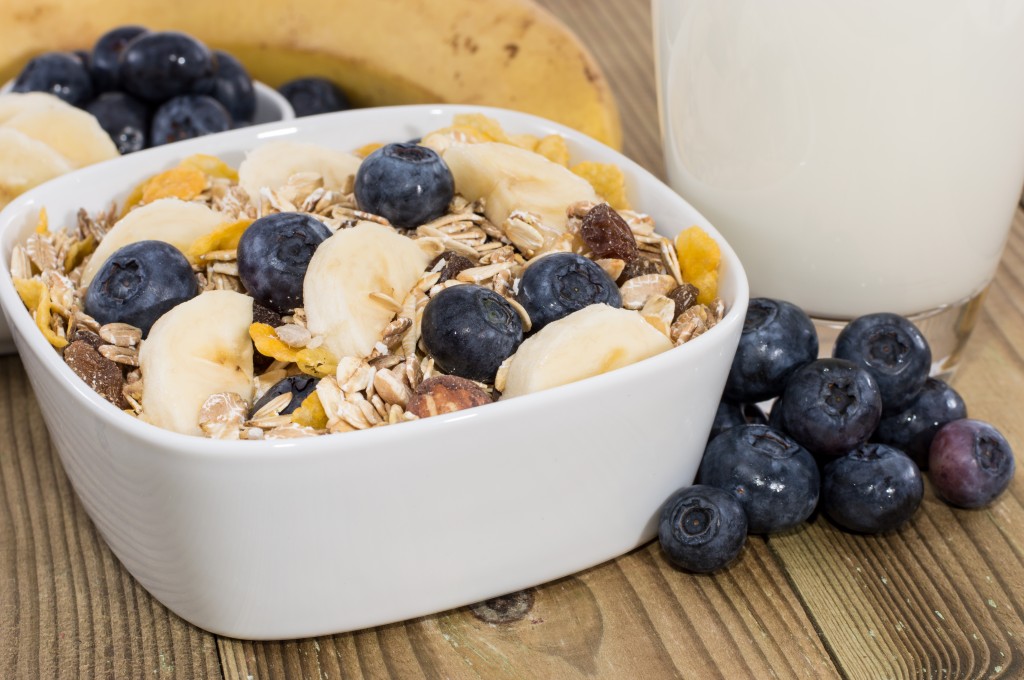
Amaranth is a complete protein. It is a YogaLean way to start your day. You can customize the flavor profile so that you can make this dish day after day and it does not have to be the same. The nutritious grain comes from a fast growing plant related to beets, chard, spinach, and quinoa. […]
Gluten Free Breakfast Crepes
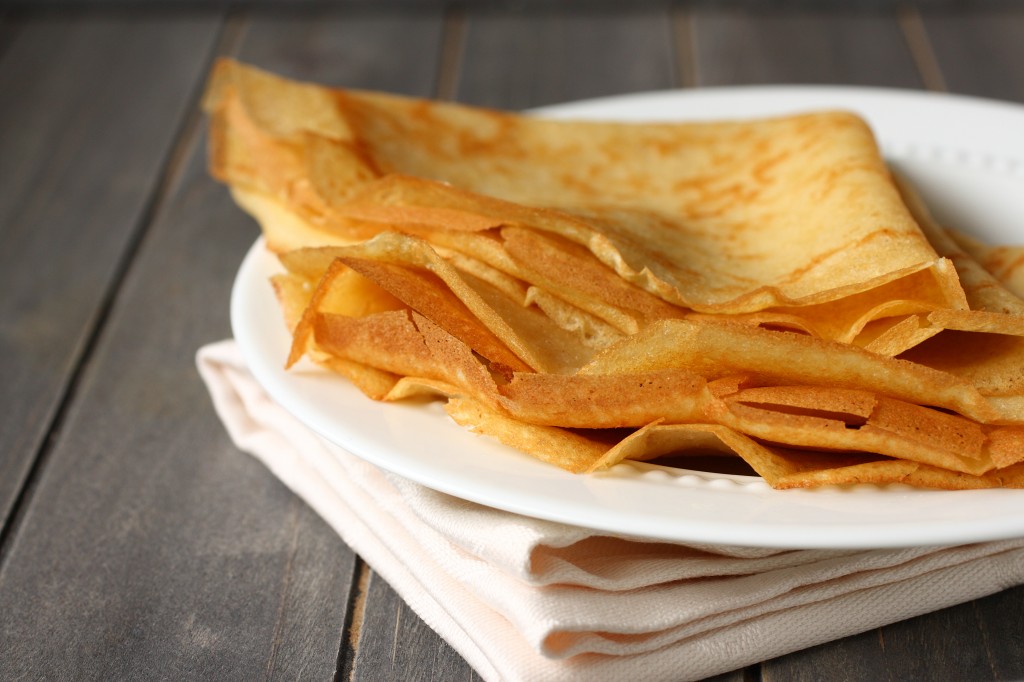
Once I find something I like, I have a tendency to eat the same thing day after day. Therefore, I make a concerted effort to discover new recipes and modify them to diversify my meals! The Gluten Free Breakfast Crepe is a modification of a recipe I found on the website for Pamela’s Baking and […]
